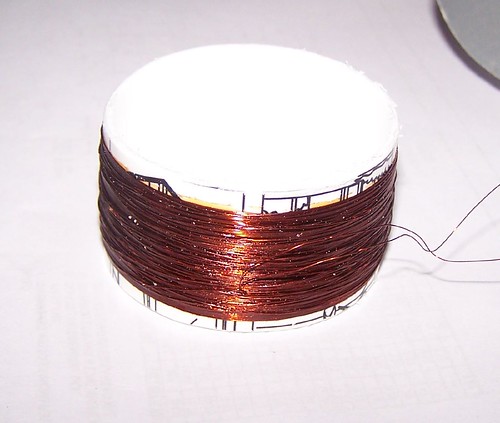This is a simple setup guide to enabling Two Factor Authentication (2FA) on Linux SSH login. I this article I wont go deep into setup and issues that I have faced when implementing this. First thing is first Update your system first. I have used Ubuntu 20.04 and it is always up to date. To enable 2FA you need to install google authenticator modules sudo apt install libpam-google-authenticator Configuration for PAM and SSHD Add the the following line to /etc/pam.d/sshd and After adding this line please restart the sshd services. auth required pam_google_authenticator.so Go to /etc/ssh/sshd_config and check if the following line exist. Default value will be "no" so change it to "yes" to activate. ChallengeResponseAuthentication yes Configuration for Authenticator In the terminal run google authenticator command It will ask few things to acknowledge by user. Details you can see from the below video. Once this part is done you are ready to use the 2FA in ubuntu. T...
I almost spend two days on this experiment and just found that the new concept in this experiment works well. But the problem comes when we think of current. The current that i get is two low to power on electronics.
The moving transformer concept is cool one to experiment. ;) (this message is for electronics dudes out there). I wound coil on the moving part(150 Turns) of the fan and wound another coil that will be fixed around the moving part(200 Turns). Then i gave PWM signal to the GATE of FET which is connected to the fixed coil, at the frequency of 20KHz.
I used FET because it is capable of high speed switching then transistors. Finally i got an AC voltage across the the moving coil(7.8 V) and then i connected an LED just to check the performance. Actually the concept works (Transfer voltage to an moving coil). Bad part is the current is too low and if i want to increase the current i need to wound think gage coil and this will become expensive for this kinda small projects. If you want to use this method for a big project, its ok to use..
I took some pictures of the experiments and you viewers have a look at it. For the propeller clock i will just skip this for some time and will do when i get an motor that can be tap out an a wire from the comunitator. This idea will be better for a propeller clock. So everyone enjoy pics..

The moving part(Coil wound up to 150 Turns)

The fixed coil(200 Turns)

Fully assembled with a test LED

Test successful. See more pictures from flickr
The moving transformer concept is cool one to experiment. ;) (this message is for electronics dudes out there). I wound coil on the moving part(150 Turns) of the fan and wound another coil that will be fixed around the moving part(200 Turns). Then i gave PWM signal to the GATE of FET which is connected to the fixed coil, at the frequency of 20KHz.
I used FET because it is capable of high speed switching then transistors. Finally i got an AC voltage across the the moving coil(7.8 V) and then i connected an LED just to check the performance. Actually the concept works (Transfer voltage to an moving coil). Bad part is the current is too low and if i want to increase the current i need to wound think gage coil and this will become expensive for this kinda small projects. If you want to use this method for a big project, its ok to use..
I took some pictures of the experiments and you viewers have a look at it. For the propeller clock i will just skip this for some time and will do when i get an motor that can be tap out an a wire from the comunitator. This idea will be better for a propeller clock. So everyone enjoy pics..

The moving part(Coil wound up to 150 Turns)

The fixed coil(200 Turns)

Fully assembled with a test LED

Test successful. See more pictures from flickr
Comments